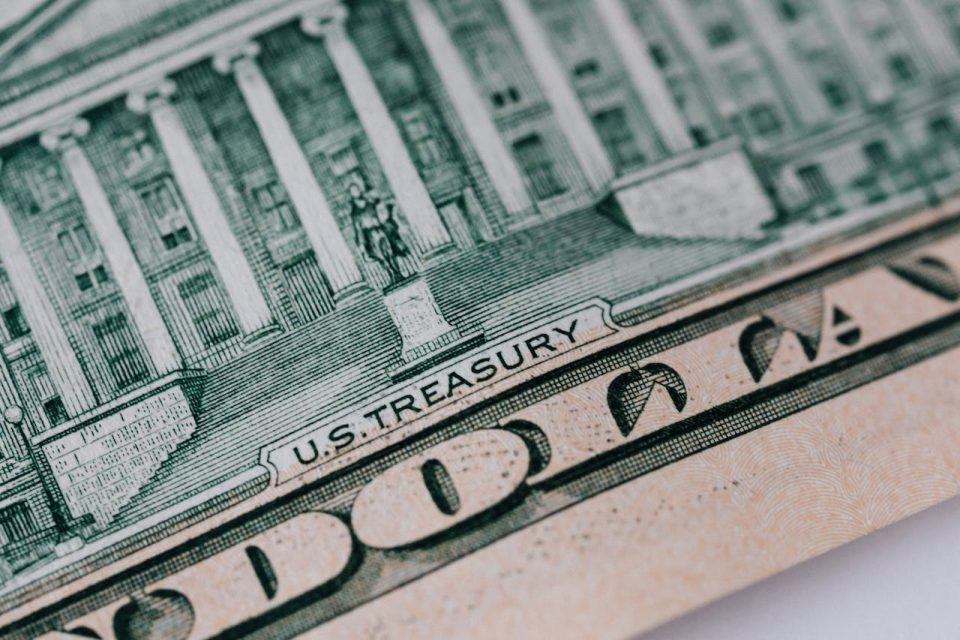In a whirlwind of global market activity, Treasury yields experienced an upward surge fueled by speculation that expectations of rate cuts by major central banks may have reached an excessive peak. The Bank of Japan’s hawkish signals sent shockwaves through global bonds, causing a ripple effect as traders anxiously awaited the release of the US jobs report scheduled for Friday.
With less than 24 hours before the crucial data release, Wall Street found itself grappling with reports suggesting that the era of the world’s last negative interest-rate regime might be drawing to a close. The BOJ’s indication triggered a nearly 2% increase in the Japanese yen and led to higher yields across the board.
The bond market, coming off one of its most robust months in decades, exhibited signs of fatigue. Interest-rate strategists at TD Securities advised market participants to capitalize on profits from long positions in 10-year Treasuries ahead of the November employment report, cautioning that yields were “at risk of backing up sharply.”
Mohit Kumar of Jefferies International weighed in on the situation, stating, “Both valuation and positioning would argue for exhaustion in the recent bond rally. Given our view of only a mild recession and inflation still remaining sticky, we would argue that the market has run a bit ahead of itself.”
Amid a week marked by a barrage of labor-market data, reports revealed a significant drop in continuing applications for US jobless benefits, the most substantial decline since July. However, despite the decrease, continuing claims hovered near a two-year high, underscoring growing indications of a cooling labor market.
US 10-year yields experienced a four-basis-point climb, reaching 4.14%, while their two-year counterparts remained relatively stable. S&P 500 contracts showed a modest advance, signaling a potential halt to the benchmark gauge’s three-day decline, while Nasdaq 100 futures outperformed. Concurrently, the dollar retreated against other major currencies.
While easing rate expectations played a pivotal role in November’s rally in stocks, a closer look at cross-asset volatility revealed that risks were not as subdued as they might appear. The gap between the MOVE Index, tracking interest-rate volatility, and the VIX gauge, measuring stock price swings, widened once again. This suggests that rate markets remain choppy, potentially posing stress for equities at any given moment.
Goldman Sachs strategists, including Ryan Hammond and David Kostin, noted that US stocks already reflected an optimistic outlook on economic growth. However, they warned that this optimism left the market “vulnerable” to any macroeconomic shocks. In their analysis, they wrote, “We believe much of the optimistic scenario is already reflected in US equity prices today.”
In conclusion, the intricate dance of financial markets persists, as Treasury yields respond dynamically to the ever-evolving landscape of speculation.
Source: Bloomberg

